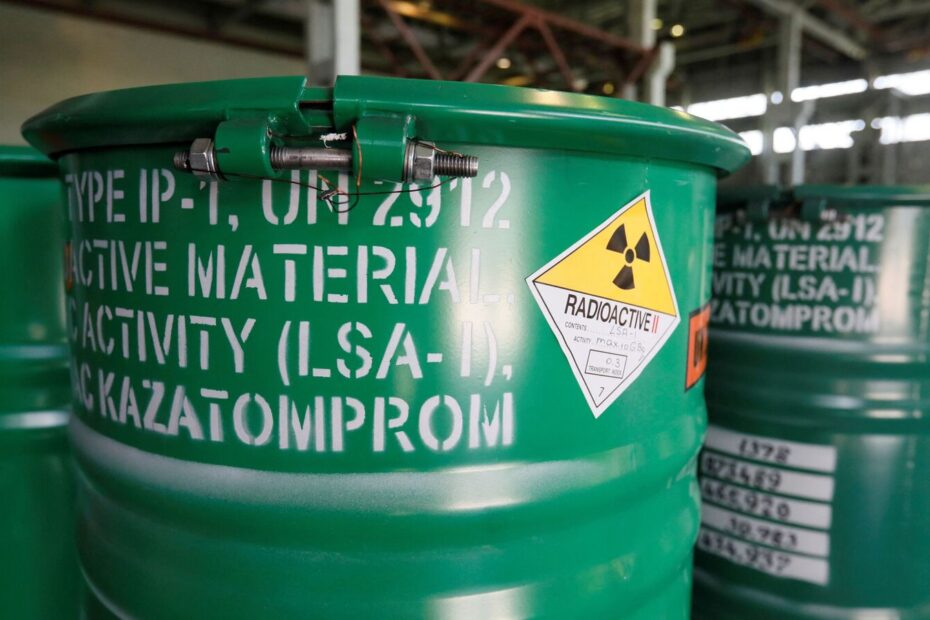On July 3rd Vladimir Putin, Russia’s president, and Xi Jinping, China’s leader, attended the annual summit of the Shanghai Co-operation Organisation, a Eurasian security and defence partnership, in Astana, Kazakhstan’s capital. In a statement ahead of his meeting with Kassym-Jomart Tokayev, Kazakhstan’s president, Mr Xi emphasised the need for the two countries to strengthen their co-operation in energy investment and mining. It hints at an area where the “no-limits” friendship between Russia and China is being tested, as they both woo Kazakhstan.
The war in Ukraine exposed Europe’s dependency on Russian oil and gas. This has given a boost to nuclear advocates and increased the demand for uranium, the mineral used for nuclear fuel. Global uranium production is projected to reach over 75,000 tonnes by 2030, up from around 65,000 tonnes last year. Uranium prices have multiplied five-fold since 2016, heavily driven by China’s ballooning demand (though they have cooled a bit recently).
View Full Image
Kazakhstan stands to benefit. It is the largest producer and exporter of mined uranium in the world, accounting for 43% of global supply in 2022. That is almost triple the share of Canada, the next-biggest producer. To maintain its position, the country has been rapidly expanding its production capacity, from 796 tonnes a year in 1997 to a projected 31,000 tonnes by 2025. The country now provides 25% of America’s imports of uranium.
Its biggest customer is China. Around half of Kazakhstan’s exports go there, supplying close to two-thirds of China’s uranium intake. The state-owned China National Uranium Corporation has signed several joint mining ventures with local operators, giving it rights to nearly 60% of future uranium production in Kazakhstan. The two countries are also in talks to develop a uranium transport link to Shanghai.
Other countries are likely to intensify their fight over Kazakhstan’s resources. Russia is trying to cement its influence by winning a tender to build a nuclear-power plant there (the government will hold a referendum on whether the plant should be built, which is unlikely to be free or fair). Most of Kazakhstan’s oil exports have to go through a pipeline that ends up in Russia, and are shipped from a Russian port. Russia already controls 25% of uranium production in the country.
However, an American ban on uranium enriched in Russia will soon kick in. This may prompt the West to devise more ways to import mined uranium from Kazakhstan directly. Or more exports might go through China instead of Russia. And as high prices persist, other countries may start to produce more, too.
© 2024, The Economist Newspaper Limited. All rights reserved. From The Economist, published under licence. The original content can be found on www.economist.com
